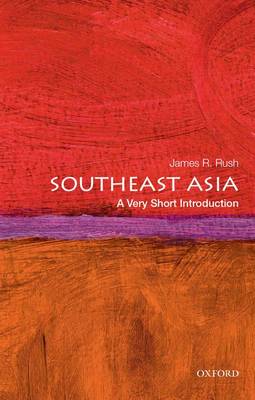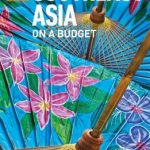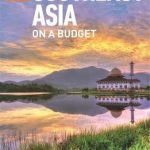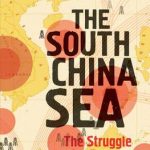Disclosure : This site contains affiliate links to products. We may receive a commission for purchases made through these links.
Southeast Asia: A Very Short Introduction

Straddling the equator, Southeast Asia comprises Myanmar, Thailand, Malaysia, Indonesia, Vietnam, Singapore, and the Philippines, as well as Laos, Cambodia, Brunei, and East Timor. Despite its extraordinary diversity of ethnicities, religions, and political systems, Southeast Asia plays a key role in global economies and geopolitics, especially in light of its strategic position bordering China and India. This Very Short Introduction explores the contemporary character of Southeast Asia`s national societies through the lens of their historical evolution, from the eras of indigenous kingdoms and colonies under Western rule to the present`s independent nation states. Deftly combining historical analysis and geopolitical insights, the book paints a bird`s eye view of contemporary Southeast Asia as a community of diverse societies and traditions as well as a political theater-of-action nested between India and China and tangled in global economic traffic patterns, balance of powers, and environmental forces. As James R.Rush explains, archaic structures, such as religious and ethnic rivalries, tenacious feudal hierarchies, and age-old trade and migration patterns, remain rooted in today`s Southeast Asia beneath the surface of modern national governments. The book draws on a wide range of examples from the major nations, including the ethno-religious violence in Myanmar, the Muslim-led rebellion in the southern Philippines, the Thai-Cambodian territorial rivalries, the Confucian-inspired governance in Singapore, the military rule and democratization in Indonesia, the environmental consequences of agribusiness, mining, and unchecked urbanization, and the big-power alignments and tensions involving the United States, China, and Japan. By delving into the cultural, political, and geographical background of Southeast Asia, Rush shows that Southeast Asia is unquestionably modern, but it is modern in distinctively Southeast Asian ways.



































































